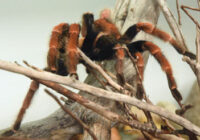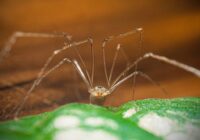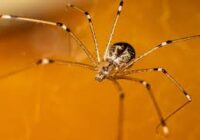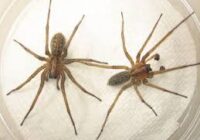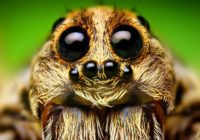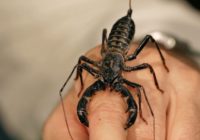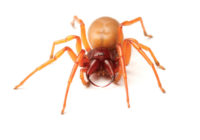Are crab spiders poisonous?
Crab spiders are one of the species belonging to the family of Thomisidae. They are short and wide-bodied animals. They have a flat body, bearing four pairs of legs. The first pair of legs are more developed and more prominent than the other three pairs. They usually walk backwards or sideways, and while walking, they only use their… Read More »


